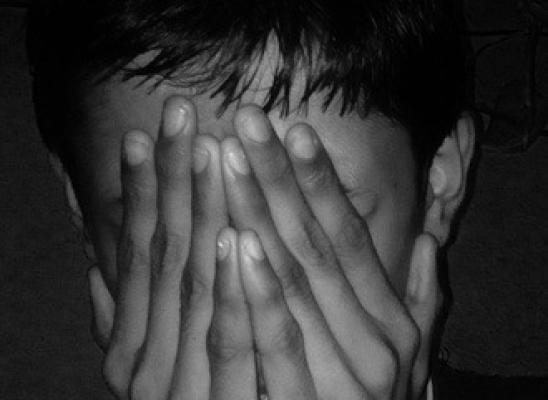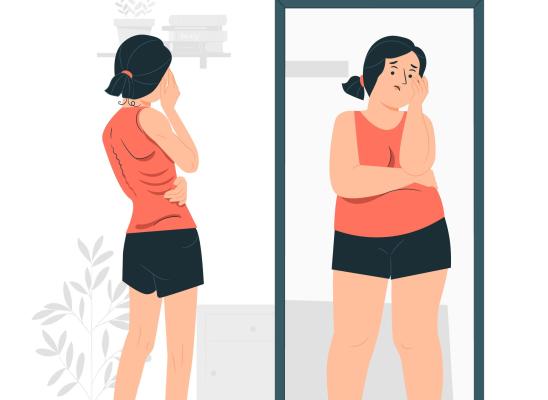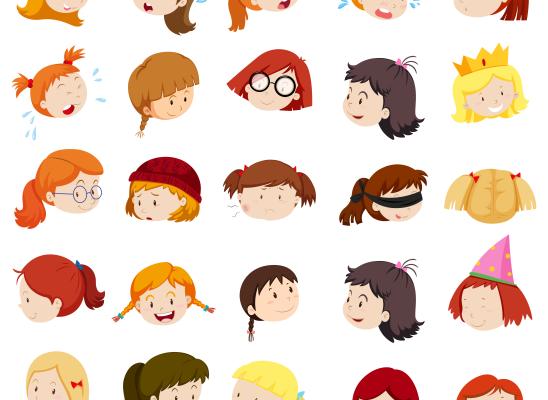Pubic Hair Pulling
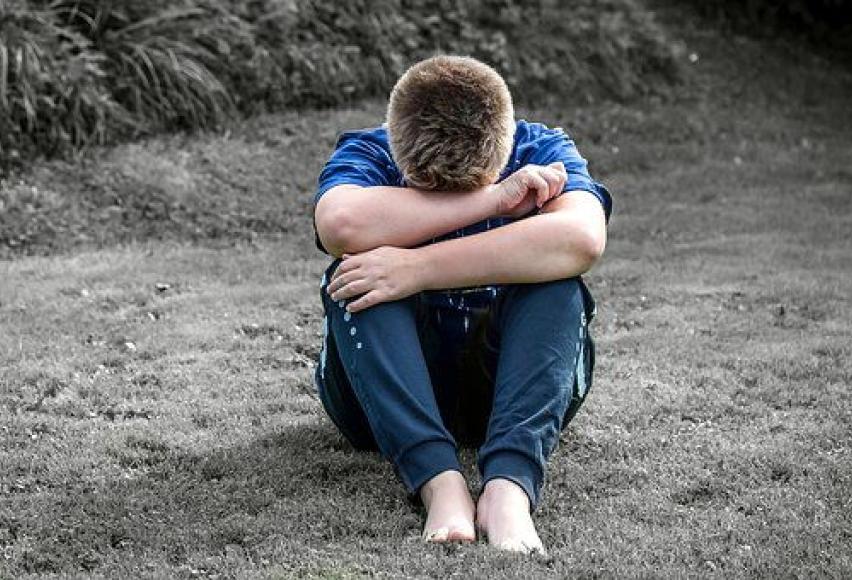
Online test
Find out the severity of your symptoms with this free online test
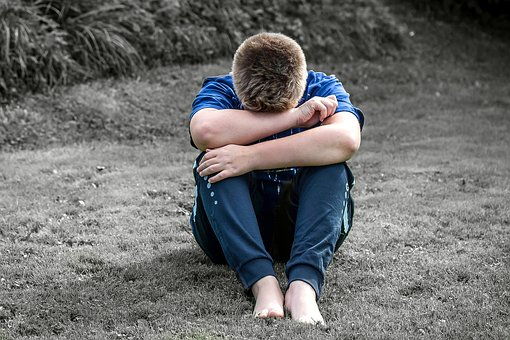 By nature trichotillomania already causes the sufferer great shame and embarrassment, especially when there is noticeable hair loss. But what happens when the behavior is focused in the pubic region? While this may be easier to hide, it is also the most under reported symptom of compulsive hair pulling due to the extremely private and shameful nature of the behavior. While trichotillomania and other body-focused repetitive behaviors (BFRBs) are gaining momentum in awareness from the increasing number of people speaking out about their experiences with this condition, those who pick in the pubic region remain hidden in the dark.
By nature trichotillomania already causes the sufferer great shame and embarrassment, especially when there is noticeable hair loss. But what happens when the behavior is focused in the pubic region? While this may be easier to hide, it is also the most under reported symptom of compulsive hair pulling due to the extremely private and shameful nature of the behavior. While trichotillomania and other body-focused repetitive behaviors (BFRBs) are gaining momentum in awareness from the increasing number of people speaking out about their experiences with this condition, those who pick in the pubic region remain hidden in the dark.
Don’t be ashamed
Always remember that trichotillomania is not your fault. Trichotillomania is a neurological disorder, and may even be genetic. You did not cause your hair pulling. There is no shame in seeking help, especially when the treatment options for the condition is so effective. The issue is that the stigma surrounding mental illness and mental health conditions often is the biggest barrier to someone seeking help. How will others view me? How will I be treated? How will my illness impact my family, my job, and my relationships? All these fears often keep those in need from seeking help. However, there is help and those that need it should feel no shame in seeking it and looking to improve their lives. That is why trichotillomania awareness is so important. So that those people in need no longer suffer in silence and feel no shame in seeking the help and treatment they need.
Don't lose Hope
Many people have recovered from trichotillomania, and enjoy pull-free lives. There are a various treatment options and therapy options that can help trichotillomania suffers. In most cases trichotillomania suffers can grow their hair back. There are certainly the instances constant and prolonged hair pulling has damaged the hair follicles; however, in most cases, your hair will grow back in its entirety.
The first step
Seeking help is the first step in treating trichotillomania. At first you may see your primary care doctor, he or she may refer you to a mental health professional.
Online test
Find out the severity of your symptoms with this free online test
Start your journey with TrichStop
Take control of your life and find freedom from hair pulling through professional therapy and evidence-based behavioral techniques.
Start Now
